
You’d think community retail struggles with inflation or competition. However, the real disruptor? ICE presence. The disruption is reshaping local retail, altering how shops run and who they can depend on. Businesses are losing sales while also facing a decline in safety and connection. This impact is swift, and it’s not subtle, and here’s what’s really going on behind the storefronts.
Empty Aisles In Latino Neighborhoods

ICE raids are quickly disrupting shopping in Latino neighborhoods, as fear keeps residents home and leaves aisles empty. With fewer customers, some grocers shorten their hours, and the brief surge of shoppers before a raid disappears fast. So, instead of the usual peak-time bustle, business owners are left facing silence.
Cash-Only Stores Suffer Most

Cash-only stores feel the impact of ICE raids most acutely. Immigrant shoppers, who usually prefer paying in cash, stay away, causing daily earnings to drop sharply. Since they also lack digital payment options, owners lose regular customers. In fact, even ATM withdrawals decline in affected areas, which leaves stores quieter and revenue reduced.
Pop-Up Shops Cancel Events

Pop-up events that once filled neighborhoods with energy are getting canceled. ICE raids scare off both shoppers and vendors, many of whom are from immigrant communities. Without their support, local artists and small brands lose the chance to be seen, and social media buzz fades, replaced by warnings to stay safe.
Retail Center Closures In High-Risk Zones
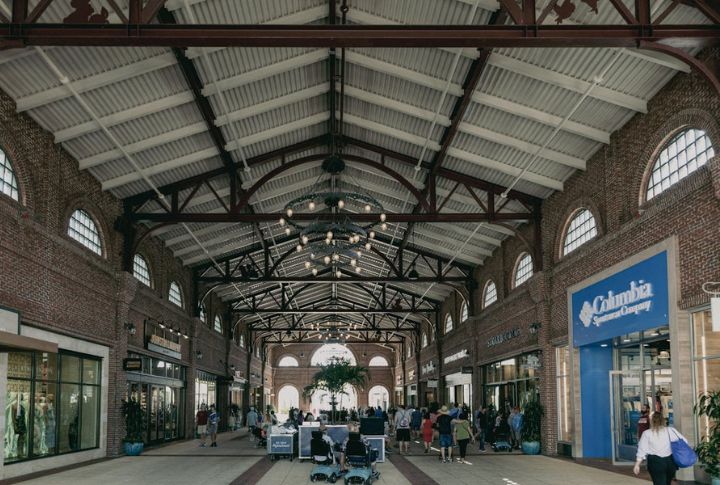
ICE raids drive retail center closures in immigrant-heavy regions. As families avoid malls where enforcement is visible, traffic steadily declines. Even major anchor stores shut down or relocate, removing an important draw for shoppers. With closures spreading, vacant storefronts multiply, and high-risk zones are left struggling with fragile retail networks and limited options.
Storefronts Abandoned By Owners
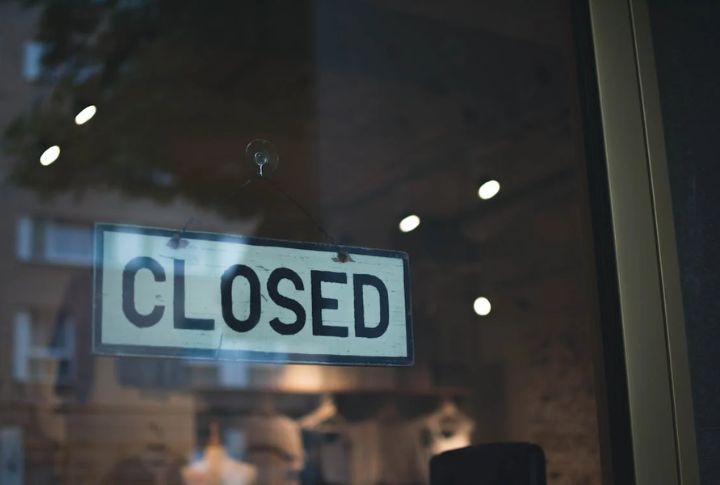
Fear of ICE raids has led many immigrant business owners to shut down their stores. Some also left the area entirely, abandoning leases and empty storefronts behind. These closures clearly show how enforcement actions can ripple through both local commerce and the real estate market.
Retail Chains Avoid Expansion In Raid Zones
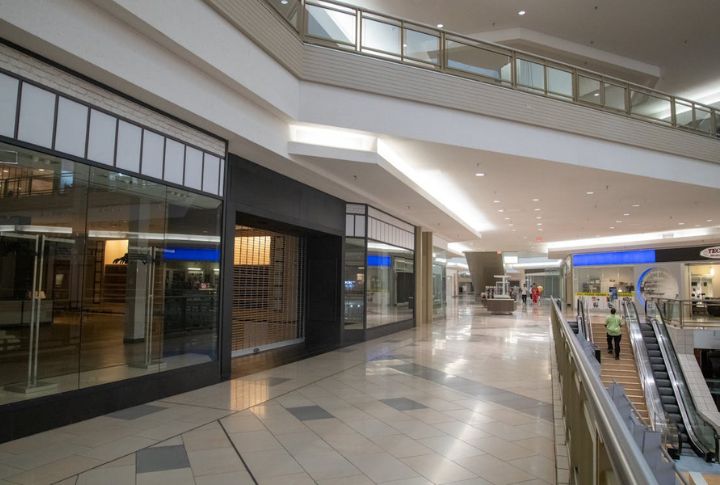
National brands avoid openings in high-risk areas affected by ICE activity, which creates uncertainty for local businesses. Investors find forecasts unreliable amid growing unpredictability, pushing developers to prioritize regions that offer stability. As a result, local economies lose potential jobs and force communities that might have gained stores to keep waiting.
Farmers’ Markets Losing Vendors
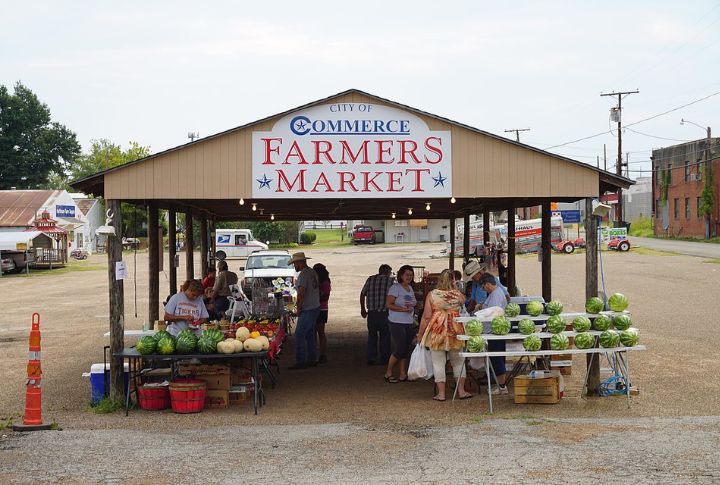
ICE activity has caused many vendors to skip farmers’ markets, particularly those relying on immigrant labor. Therefore, fresh organic produce becomes limited. Shoppers also cite the tense atmosphere as a reason to stay away, and this in turn strips community events of the liveliness they once enjoyed. These changes show enforcement impacts commerce and social interaction.
Street Vendors Pack Up And Vanish
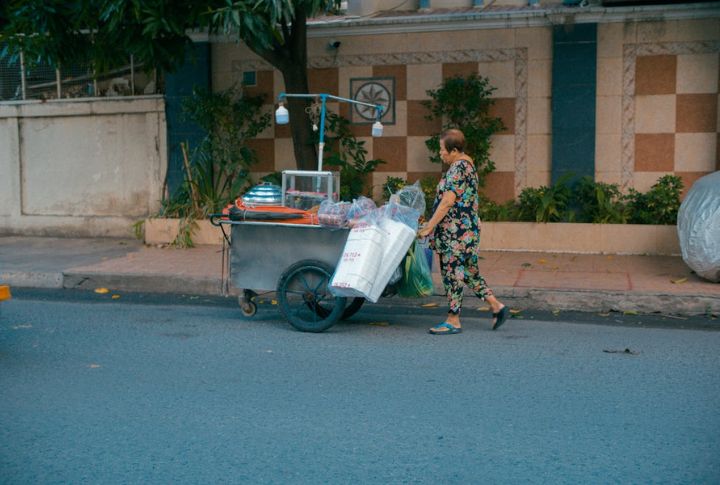
Enforcement sweeps push informal vendors out of public spaces, and their absence is felt immediately. Many had relied on undocumented labor or operated without licenses, so popular food carts and stalls often disappeared suddenly. The loss reduces shopping options for both locals and tourists and leaves neighborhoods with fewer affordable and familiar choices.
Retail Supply Chains Face Disruption

Retail supply chains can unravel from a single enforcement sweep. Removing drivers or handlers at key points creates immediate bottlenecks. Those bottlenecks ripple through farms, factories, and suppliers, slowing production and delivery alike. What seems like one interruption can spiral into a systemwide inventory crisis.
Community Retail Events Lose Sponsors
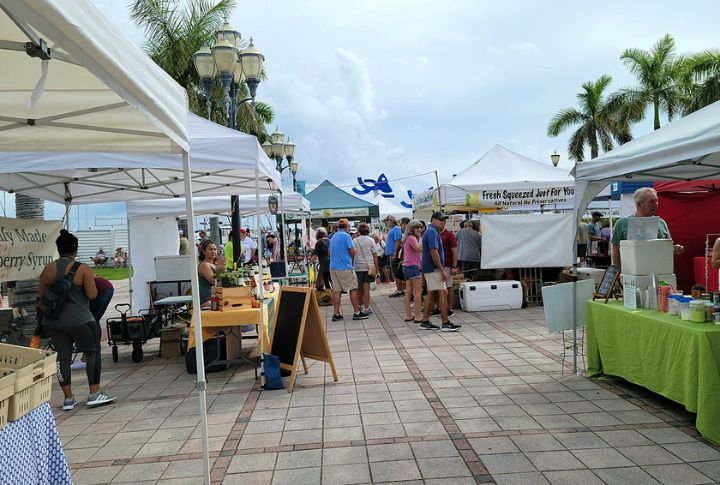
ICE raids push corporate sponsors away from community shopping events. Brands don’t want to be tied to controversial areas, and retailers cut funding to avoid risk. Without support, events get smaller or close down. Organizers also face an uphill battle securing new backers by showing the need for creative funding solutions.
